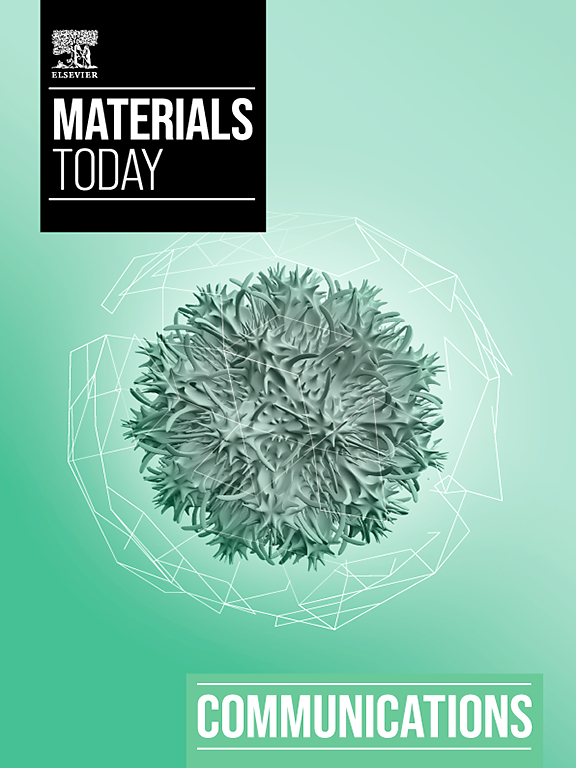基于 BP-GA 神经网络的镁合金 GTN 孔塑损伤模型构建与成形极限预测
IF 4.5
3区 材料科学
Q2 MATERIALS SCIENCE, MULTIDISCIPLINARY
引用次数: 0
摘要
在塑性变形过程中,韧性固体在微观层面上的损伤和断裂源于微空洞的演变,包括空洞的成核、生长和凝聚。本研究采用 Gurson-Tvergaard-Needleman (GTN)模型分析了 AZ31 镁合金板材损伤引起的断裂。GTN 模型的损伤参数是在使用扫描电子显微镜(SEM)进行单轴拉伸实验时,通过统计三个损伤阶段的空隙体积分数(VVF)确定的。然后通过反向传播遗传算法(BP-GA)神经网络对损伤参数进行优化。结果分别得出了主要的 GTN 损伤参数:初始空洞体积、临界体积分数、成核部分的空洞体积分数和材料最终失效时的空洞体积分数。将模拟结果与试验结果相比较,优化参数的结果更符合实际情况。空隙增长反映了变形过程中的损伤,GTN 模型可以准确预测韧性损伤。此外,利用 GTN 模型获得的参数还能准确预测 AZ31 板材在 200℃ 时的实验成形极限图 (FLD)。实验和预测的 FLD 之间具有良好的一致性。本文章由计算机程序翻译,如有差异,请以英文原文为准。
GTN poroplastic damage model construction and forming limit prediction of magnesium alloy based on BP-GA neural network
During plastic deformation processes, the ductile solids damage and fracture at the microscopic level originate from the evolution of micro -voids, including nucleation, growth and coalescence of voids. In this study, the fracture caused by damage of the AZ31 magnesium alloy sheet is analyzed using the Gurson-Tvergaard-Needleman (GTN) model. The damage parameters of the GTN model are determined by statistical void volume fractions (VVF) in three damage stages during uniaxial tensile experiments with scanning electron microscopy (SEM). The damage parameters are then optimized by the Back Propagation-Genetic Algorithms (BP-GA) neural network. According to the result, the main GTN damage parameters: the initial void volume, the critical volume fraction, the void volume fraction of the nucleation part, and the void volume fraction when the material finally fails are obtained, respectively. Comparing the simulation with the test, the results of the optimized parameters fit better. The void growth reflects the damage during the deformation process, and the GTN model can accurately predict the ductile damage. Furthermore, the experimental forming limit diagrams (FLDs) of the AZ31 sheet at 200℃ are accurately predicted using the parameters obtained by the GTN model. Good agreement has been observed between the experimental and predicted FLDs.
求助全文
通过发布文献求助,成功后即可免费获取论文全文。
去求助
来源期刊

Materials Today Communications
Materials Science-General Materials Science
CiteScore
5.20
自引率
5.30%
发文量
1783
审稿时长
51 days
期刊介绍:
Materials Today Communications is a primary research journal covering all areas of materials science. The journal offers the materials community an innovative, efficient and flexible route for the publication of original research which has not found the right home on first submission.
 求助内容:
求助内容: 应助结果提醒方式:
应助结果提醒方式:


